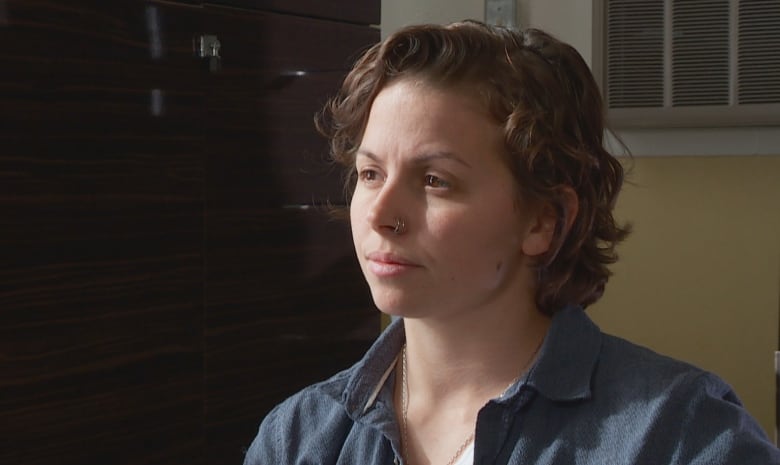Number of women in federal prisons is up, and advocates think they know why
Community services lag and more women turning to crime, according to Association of Elizabeth Fry Societies

The number of women in federal prisons has jumped significantly in Canada in the last decade, and advocates say that's evidence of what happens when community support programs are cut.
There are 37 per cent more women behind bars than there were 10 years ago (from 502 in 2007 to 688 this year), according to Ivan Zinger, Canada's correctional investigator, who serves as an ombudsman for federal inmates. He said women are one of the fastest-growing populations in the federal system.
Many have been victims of crime themselves, he said. More than two-thirds report being sexually abused at some point in their lives, and nearly 90 per cent were physically abused.
It's no wonder, then, they end up in prison, according to Savannah Gentile, director of advocacy and legal issues with the Canadian Association of Elizabeth Fry Societies.
"I have heard from a number of women that the first time they felt safe was the first night they spent in a prison cell," she said. "And I think that's really an indictment on our communities if the first time a women is safe is when she is behind bars. It's really speaking to a lack, a lack of resources that exist for women."
The scarcity of resources can range from lack of housing and good jobs, to difficulties getting help for mental and physical ailments. Gentile said some programs have either been cut or simply can't cope with the demand.

The growing number of women behind bars also raises questions about overcrowding.
Correctional Service of Canada is adamant that female inmates aren't being crammed into federal institutions.
Julia Scott, a spokesperson for the federal agency, said in an email it has up to 805 beds for women (184 of those were added in the last six years), but the female inmate population is below 700.
Scott also said only about two per cent of female inmates are double bunked. When women are forced to share a single room, it's generally done to keep them near their home communities, making it easier for family and friends to visit.
But Zinger said Correctional Service of Canada is being "disingenuous" when it says there is no overcrowding.
He said each prison has a rated inmate capacity that's not supposed to be surpassed, but a commissioner's directive allows that limit to be changed if the prison goes over capacity. In doing so, on paper the prison is not overcrowded.

Kassandra Churcher said she has seen overcrowding first-hand as executive director of the Canadian Association of Elizabeth Fry Societies.
Visits by her group have included Nova Institution for Women in Truro, N.S. The prison is not overcrowded, she said, but has seen a "dramatic" increase in numbers since it opened in 1995.
"It's like you build it and they will come," she said.
Inmates across the country are often forced to share a cell that was only built for one person, said Chrucher. The result, according to Gentile, is "tension."
"Women can be in these cells for up to 23 hours a day at times, so I mean when you're in a cell with one other person and you have these four walls around you, it leads to a lot of issues," she said.

More women on the inside also shines a light on what may or may not be happening in their communities when it comes to health and other services, according to advocates.
In Nova Scotia, for instance, many people must wait a minimum of 105 days to get outpatient or community based mental health services, according to the province's Healthcare Wait Times website. In Sydney, the wait can be as long as 425 days.
There's also a wait time to get into subsidized public housing. In Nova Scotia, there are 1,308 families and 2,361 seniors on the wait list, according to the Department of Community Services. There are also an additional 750 non-elderly single applicants looking for an affordable rental unit.
The province said there is no average wait time for someone to get a home because there are numerous criteria, including geography, housing type and a person's preferences.
However, the province said priority access can be granted in situations that involve family violence, inadequate housing or loss of a home through a disaster.

The Canadian Association of Elizabeth Fry Societies said if the federal government put some of the money it spends on prisons into community services, it could keep some women from turning to crime.
Much of the growth in female inmates is the result of more Indigenous women being imprisoned. They make up about two per cent of the country's entire population, yet represent 38 per cent of the female prison population, said Zinger.
"It's a staggering gross overrepresentation of Indigenous women in penitentiaries," he said.
"Pay attention to the profile of the inmate population and then you will know where some of the gaps in services, programs and support are."

